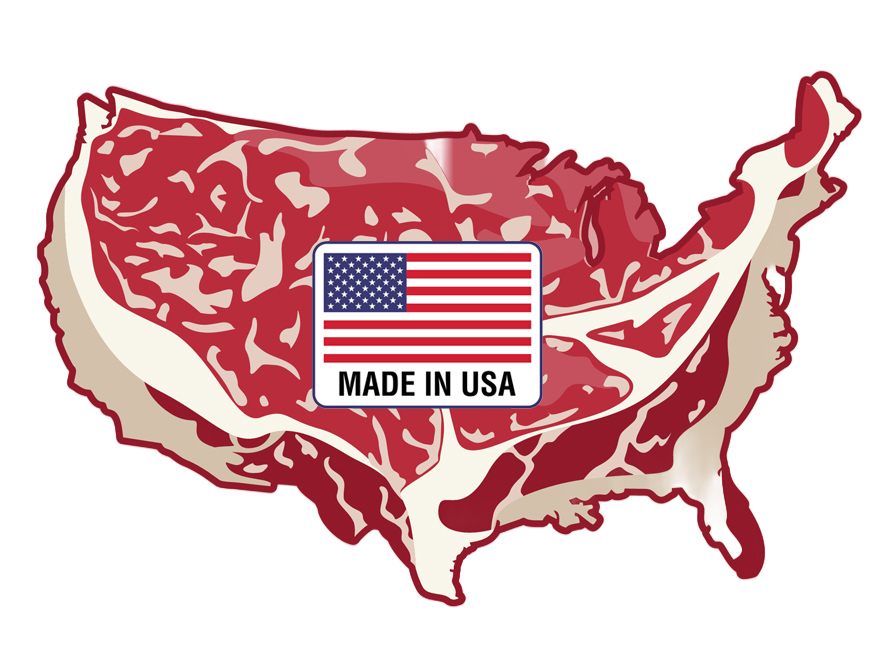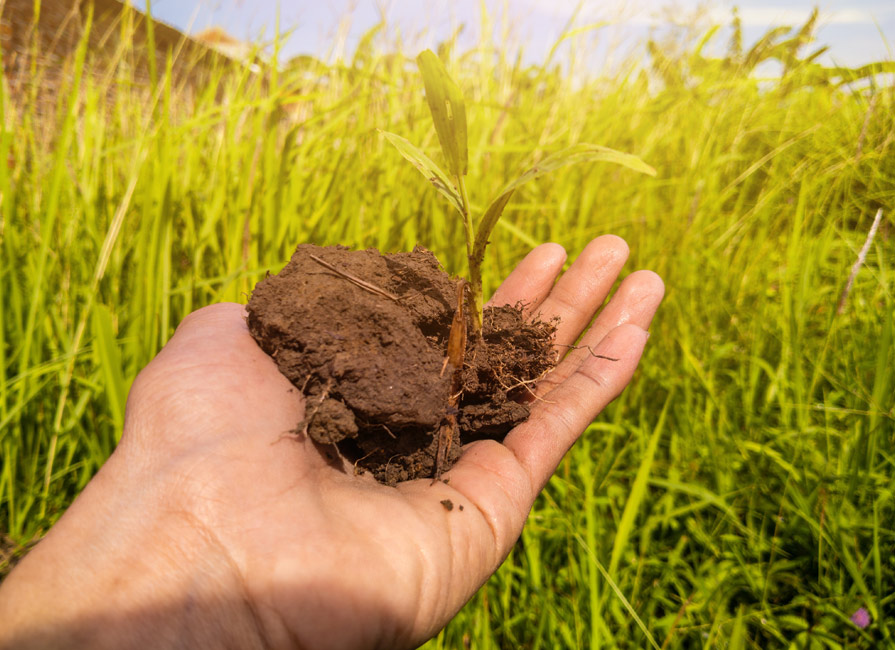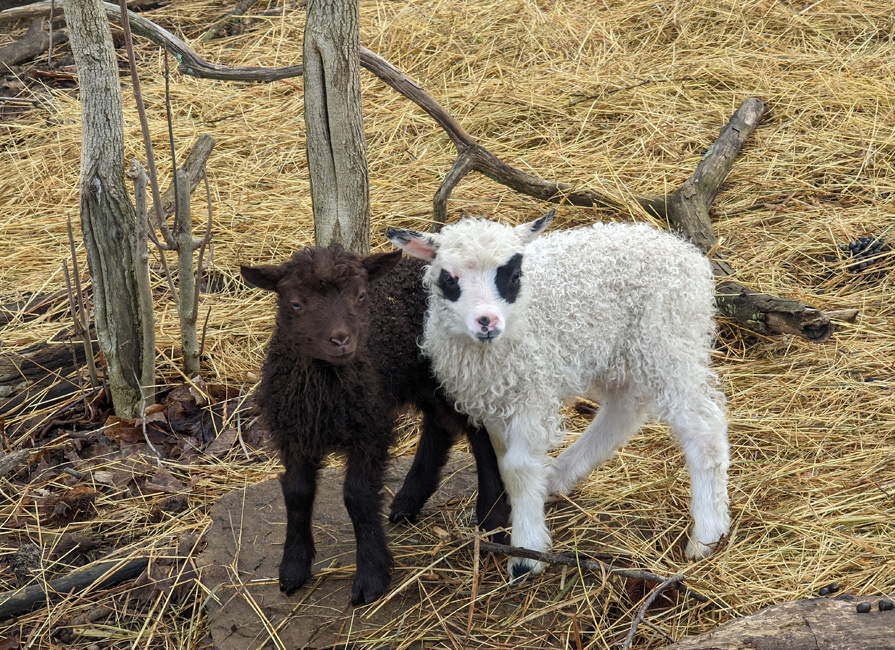In today's increasingly food-conscious world, consumers expect a label to mean what it says—including the…
Poultry Litter as Cattle Feed? Believe it.
 A recent newspaper article brought home once again the extraordinary reality of industrialized food production – and lengths that some in the US food and farming industry will go to in the pursuit of “efficiency.”
A recent newspaper article brought home once again the extraordinary reality of industrialized food production – and lengths that some in the US food and farming industry will go to in the pursuit of “efficiency.”
This time, it was an article in the LA Times about the currently legal practice of feeding US cattle so-called “poultry litter.” An unlikely sounding cattle feed, poultry litter is actually made up of industrial chicken feces, spilled chicken feed, feathers and other poultry waste collected from the floors of factory farms across the US. The Food and Drug Administration (FDA) – which is responsible for protecting public health and is at the center of this current situation for continuing to permit poultry litter as a feedstuff – estimates that US farmers currently feed between one and two million tons of poultry litter to their cattle each year.
If this is the first time you’ve heard about this shocking practice I’d like to make one thing clear from the outset: you won’t find a single Animal Welfare Approved (AWA) farmer feeding chicken waste to their cattle. AWA standards prohibit the feeding of processed industrial chicken waste – or any other unnatural feed, for that matter – and for good reason.
But this furor over feeding poultry litter to cattle isn’t new. Poultry litter has been used in cattle feed for decades as a high-protein by-product supplement; it’s just that the public didn’t know about it – or more accurately, they weren’t told. But since the emergence of mad cow disease, numerous food and consumer groups have called on the FDA to ban the feeding of poultry litter.
They argue that industrial chicken feed (and therefore chicken feces) can contain rendered tissue from ruminants – cows and sheep, among other mammals – which is commonly used for poultry feed. They claim that feeding poultry litter to cattle therefore increases the risk of the cattle becoming infected with mad cow disease (Bovine Spongiform Encephalopathy or BSE) which devastated the British beef industry in the early 1990s. They also claim that poultry litter can contain a range of disease-causing bacteria which cattle can transmit to humans, such as campylobacteria, salmonella and E. coli, as well as veterinary drug residues, heavy toxic metals – and even rocks, nails and glass.
Yet the FDA continues to defend the practice, stating that there is little BSE risk to human or cattle health from feeding cattle poultry litter – particularly as all BSE risk material is now removed from cattle at slaughter. And with respect to pathogenic microorganisms, drug residues and contaminants in poultry litter, the FDA states that it is “not aware of any data showing that the use of poultry litter in cattle feed is posing human or animal health risks that warrant restrictions on its use.”
Representatives of the beef and poultry industry argue that the overall costs to the beef industry – and, ultimately, the consumer – would far outweigh any ‘”limited” potential safety gains from banning poultry litter as a cattle feed. They also claim that any ban would exacerbate the existing problem of the mass disposal of poultry litter from factory farms. In defending their right to feed poultry litter to cattle, the National Cattlemen’s Beef Association recently said that “we must continue to look to the science to avoid over-regulating the industry and creating policy that doesn’t meet our objective of a safer animal health system.”
The fact that certain elements within the food and farming industry are willing to publicly defend the feeding of poultry litter to cattle – that is chicken feces, feathers and other poultry debris collected from the floors of factory farms – on the basis that this represents a “safer animal health system” is an appalling indictment of the state of US food and farming. It also is a stark warning to us all of the huge chasm that has emerged between how most of us think our food is being produced and the appalling practices that are justified by those who are so deeply embroiled in the drive to produce ever cheaper meat that they no longer have any sense of what is accepted as the norm.
John Maday, managing editor of Drovers website, recently called on beef producers to voluntarily eliminate poultry litter from their production systems. “Consumer perceptions drive beef demand,” he wrote. “Science might justify feeding it, but consumers don’t read scientific journals. I can’t imagine any of them wanting beef from cattle fed chicken s***.” While I welcome his ultimate conclusion, I can’t help but question the fundamental basis of his judgment. For it is fair to say that most of the meat, milk and eggs on the average American’s table now come from places that more closely resemble factories than farms in the traditional sense.
 We at the Animal Welfare Approved program, seek to promote the well-being of animals and the sustainability of humane family farms, uniting conscientious consumers with farmers who raise their animals naturally with compassion and respect. Working with scientists, veterinarians, researchers, and farmers to maximize practicable, high-welfare farm management, our standards are the most rigorous in the United States. We are proud to be completely honest and transparent about how we raise our livestock, providing consumers with high quality, high welfare foods while ensuring the economic viability of family farms.
We at the Animal Welfare Approved program, seek to promote the well-being of animals and the sustainability of humane family farms, uniting conscientious consumers with farmers who raise their animals naturally with compassion and respect. Working with scientists, veterinarians, researchers, and farmers to maximize practicable, high-welfare farm management, our standards are the most rigorous in the United States. We are proud to be completely honest and transparent about how we raise our livestock, providing consumers with high quality, high welfare foods while ensuring the economic viability of family farms.
Americans didn’t choose industrial farming; it’s just that they weren’t given the full story. And more and more Americans are waking up to this fact.
Top photo credit: Compassion Over Killing


